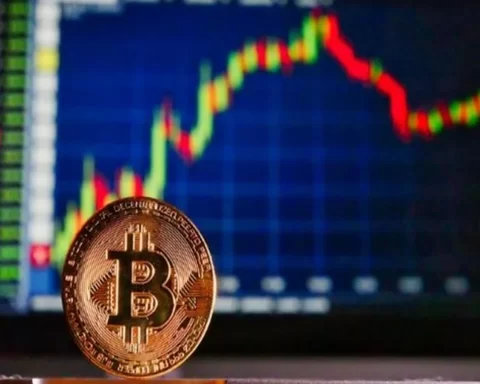Ether reserves across centralized exchanges have dropped to their lowest levels in nearly nine years, reinforcing optimism that the market may have reached a bottom. According to CryptoQuant data, Ether reserves across all exchanges fell to 18.95 million on Feb. 18, a level last seen in July 2016 when ETH was trading at approximately $14.
A declining Ether supply on exchanges often suggests an impending price rally due to a “supply shock.” This occurs when strong buying demand meets a decreasing available supply, potentially driving ETH prices higher.
Investors Move ETH to Cold Storage
The diminishing Ether supply indicates that investors are transferring their ETH holdings to cold storage for long-term security rather than preparing for short-term sales. Nicolai Sondergaard, a research analyst at Nansen, considers this trend “generally bullish,” noting a similar pattern for Bitcoin.
“We are seeing similar trends for BTC, which makes me think if we a) are seeing demand outpaces supply and, or, b) is this a natural shift toward self-custody and cold storage,” Sondergaard told Cointelegraph.
Resistance and Potential for Breakout
Despite this bullish indicator, Ether still faces significant resistance at $2,750 and $2,800. CoinGlass data suggests that a breakout above $2,800 could trigger liquidations of over $822 million in leveraged short positions, potentially accelerating an uptrend.
Ether ETFs Could Tighten Supply Further
Another key factor influencing ETH’s future price is the potential approval of staking for Ether exchange-traded funds (ETFs). Marcin Kazmierczak, co-founder at Redstone, believes this could significantly tighten Ethereum’s liquid supply, enhancing its appeal as an investment asset.
“The potential introduction of staking ETFs could be a game-changer, further tightening Ethereum’s liquid supply and reinforcing its value proposition as a prime investment asset,” he stated.




